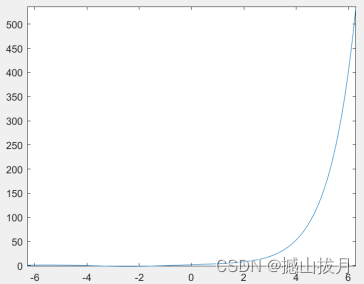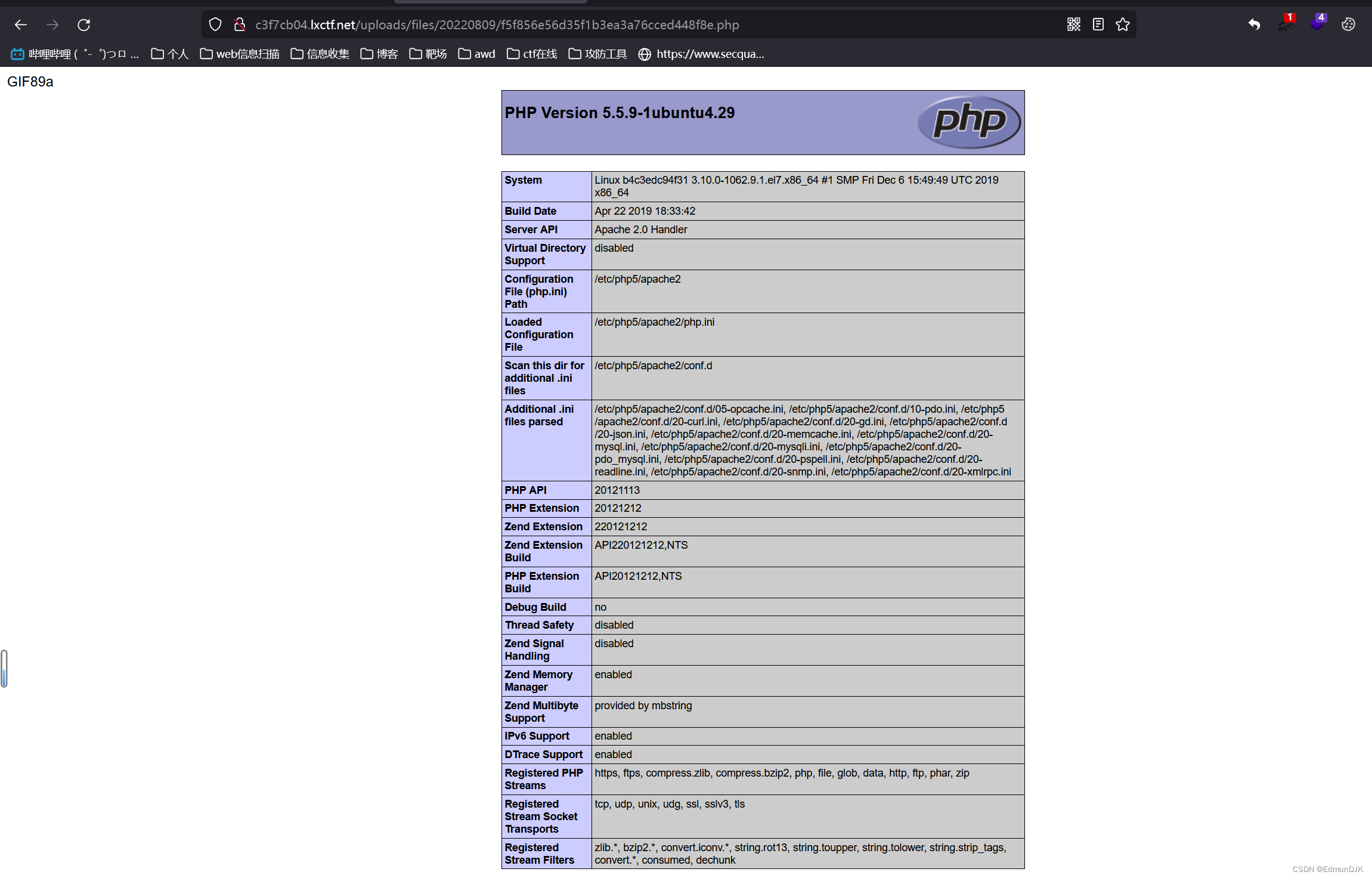当前位置:网站首页>The Generation of Matlab Symbolic Functions and the Calculation of Its Function Values
The Generation of Matlab Symbolic Functions and the Calculation of Its Function Values
2022-08-10 09:32:00 【Shaking the Mountain and the Moon】
I. Introduction
Symbolic function is a very important function of Matlab, which can be used to represent mathematical functions and also perform numerical calculations.There are many ways to create a symbolic function. This paper presents four methods to generate a symbolic function and to find the value of the symbolic function.
Four methods of generating symbolic functions: generating symbolic functions using string expressions, using syms to define symbolic variables to generate symbolic functions, using sym and @ to generate symbolic functions, and using function files to generate symbolic functions.
To find the function value of a symbolic function, you can use the command "matlabFunction" to convert the symbolic function into a representation that can calculate the function value mathematically to calculate the function value of the independent variable at some points.
Second, the generation of symbolic functions
1. The string method
is to write the function expression directly in the string, for example:
y = 'sin(x) - cos(x) + exp(x)'You can get the running result:
y ='sin(x) - cos(x) + exp(x)'At this point, the system will automatically identify x as an independent variable.
It should be noted that if some mathematical function symbols provided by the system are used, the argument must be enclosed in a pair of parentheses, otherwise the system will not recognize it (if you have to ask why, you can only answer "thisis the grammar rule of the system")
Note: This method is applicable to matlab7.1 and previous versions, and the new version simply treats it as a string.
2. The syms method (this method is the most commonly used method)
First use the syms command to define the independent variable, and then generate the symbolic function, for example:
syms x;y1 = sin(x) - cos(x) + exp(x)y2 = x^3 + 5*x^2 + 10*x + 1syms x yz = x * exp( -x^2 - y^2 )Output result:
y1 =exp(x) - cos(x) + sin(x)y2 =x^3 + 5*x^2 + 10*x + 1z =x*exp(- x^2 - y^2)When derivation of these functions, the system will automatically identify the independent variable. When encountering the derivative of a multivariate function, the default independent variable is the independent variable in the first position.For example
diff( y1 )diff( y2 )diff( z )% derivative function for the default argument xdiff( z, 'x' )% is equivalent to diff( z ), and can also be written as diff( z, x )diff( z, 'y' )% Derivative function for the specified independent variable yThe output is:
ans =3*x^2 + 10*x + 10ans =exp(- x^2 - y^2) - 2*x^2*exp(- x^2 - y^2)ans =exp(- x^2 - y^2) - 2*x^2*exp(- x^2 - y^2)ans =-2*x*y*exp(- x^2 - y^2)3. Use sym and @ method
First use @ to declare variables, and write symbolic function expressions after them, then you can get symbolic functions.Then use sym to convert it into a symbolic function, and you can perform other symbolic operations, for example:
y = @(t)sin(t) - cos(t) + exp(t)ys = sym( y )dy = diff( ys )Idy = int( dy )fplot( y, [ -2*pi, 2*pi ] )figure;fplot( ys, [ -2*pi, 2*pi ] )figure;fplot( dy, [ -2*pi, 2*pi ] )Output result:
y =function_handle with the following values:@(t)sin(t)-cos(t)+exp(t)ys =exp(t) - cos(t) + sin(t)dy =cos(t) + exp(t) + sin(t)Idy =exp(t) - 2^(1/2)*cos(t + pi/4)

4. The function file method
is to use the function file to generate the symbolic function.For example, the generating function x^n can be implemented as follows:
%xpower.mfunction output=xpower(n)syms xoutput=x^n;3. Numerical operation of symbolic functions
For symbolic functions, in addition to symbolic operations, it is often necessary to calculate the function values of symbolic functions at certain points.The function value of the symbolic function can be calculated.For example:
clear allclcsyms x;y1 = sin(x) - cos(x) + exp(x);y2 = x^2 - 10*x + 16;y1f = matlabFunction( y1 );y2f = matlabFunction( y2 );x1 = [ 0, pi ];y1v = y1f( x1 )% Calculate the function value of the symbolic function y1f at x1, x1 can be a single coordinate, or an arrayx2 = [ 2 8 ];y2v = y2f( x2 )Output result:
y1v =0 24.1407y2v =0 0边栏推荐
- JWT: To own me is to have power
- Defending risks with technology and escorting cloud native | Tongchuang Yongyi X Boyun held a joint product launch conference
- PTA Exercise 2.2 Rotate an Array Left
- DAY26: GetShell project
- 【数据仓库】什么是 Azure Synapse,它与 Azure Data Bricks 有何不同?
- "Guangzhou highway engineering measures for the supervision and administration of production safety, and revised from six aspects
- DeepFake换脸诈骗怎么破?让他侧个身
- Linux下载安装MySql
- 数据中台解决方案及未来发展方向
- Controller层代码这么写,简洁又优雅!
猜你喜欢
随机推荐
MUDA:对齐特定域的分布和分类器以实现来自多源域的跨域分类
微信小程序--》小程序生命周期和WXS使用
【数据库架构】OLTP 和 OLAP:实际比较
dayjs-----time format
【数据仓库】什么是 Azure Synapse,它与 Azure Data Bricks 有何不同?
js读取excel时间格式转换
《广州市公路工程安全生产监督管理办法》印发,从六大方面进行修订
"Microservice Architecture" Arrangement and Choreography - Different Models for Making Systems Work Together
「技术选型」工作流引擎哪家强?首席架构帮你挑
CAD to WPF: Tips on converting CAD drawing files to WPF vector code files (xaml files)
SQL优化总结
J9 Digital Theory: What kind of sparks will Web3.0+ Internet e-commerce cause?
Matlab符号函数的生成及计算其函数值
shell------常用小工具,sort,uniq,tr,cut
【元宇宙欧米说】看UCOUCO如何将行为艺术融入元宇宙
钻石价格预测的ML全流程!从模型构建调优道部署应用!
UE4 粒子特效基础学习 (01-将粒子效果挂载到角色身上)
【API架构】REST API 行业辩论:OData vs GraphQL vs ORDS
重学冒泡排序
J9数字科普:Web 3.0 是关于数据所有权还是去中心化?








![[System Design] S3 Object Storage](/img/62/0e3fef066b06ba83cadb406cfa075b.png)
